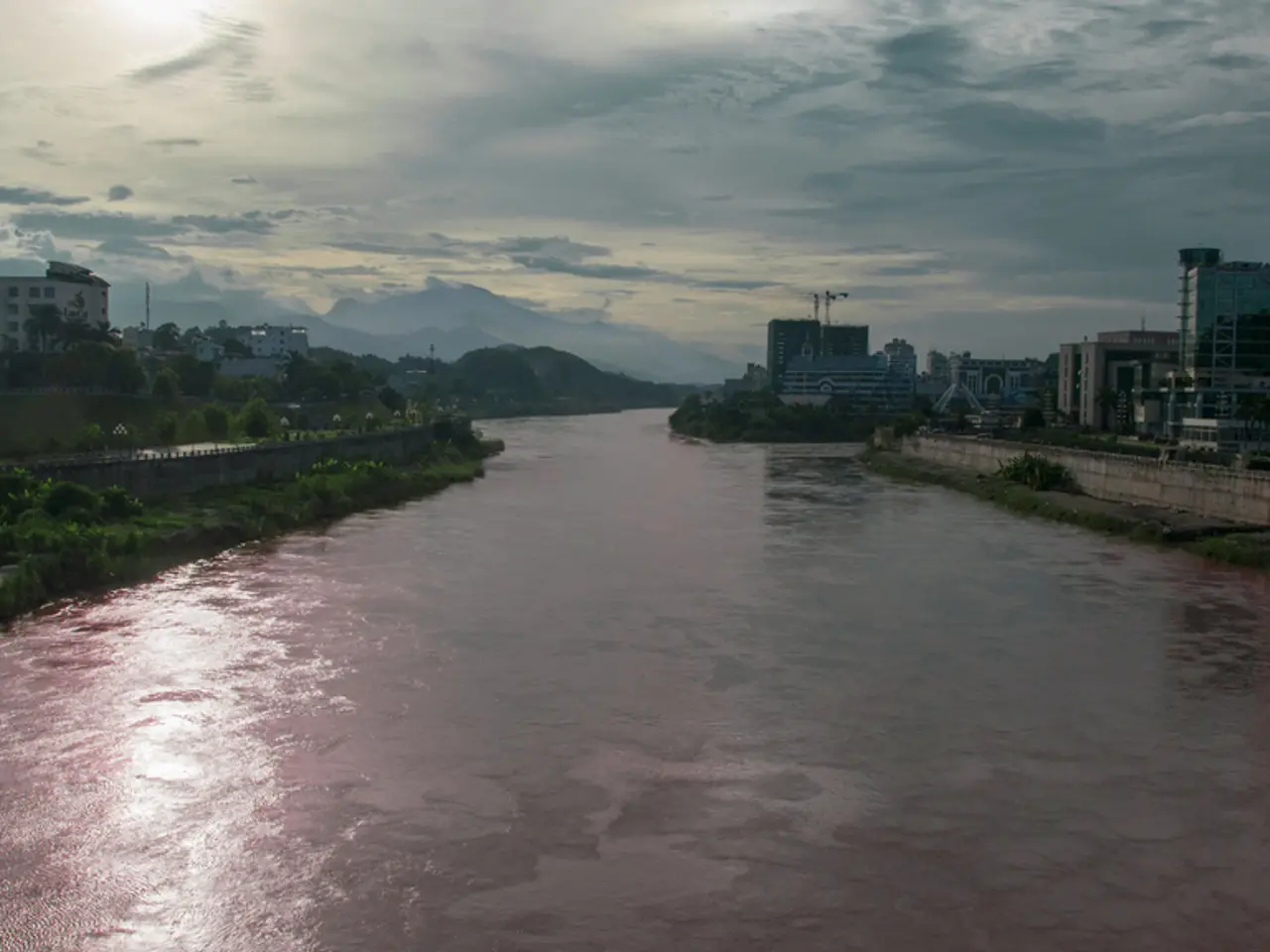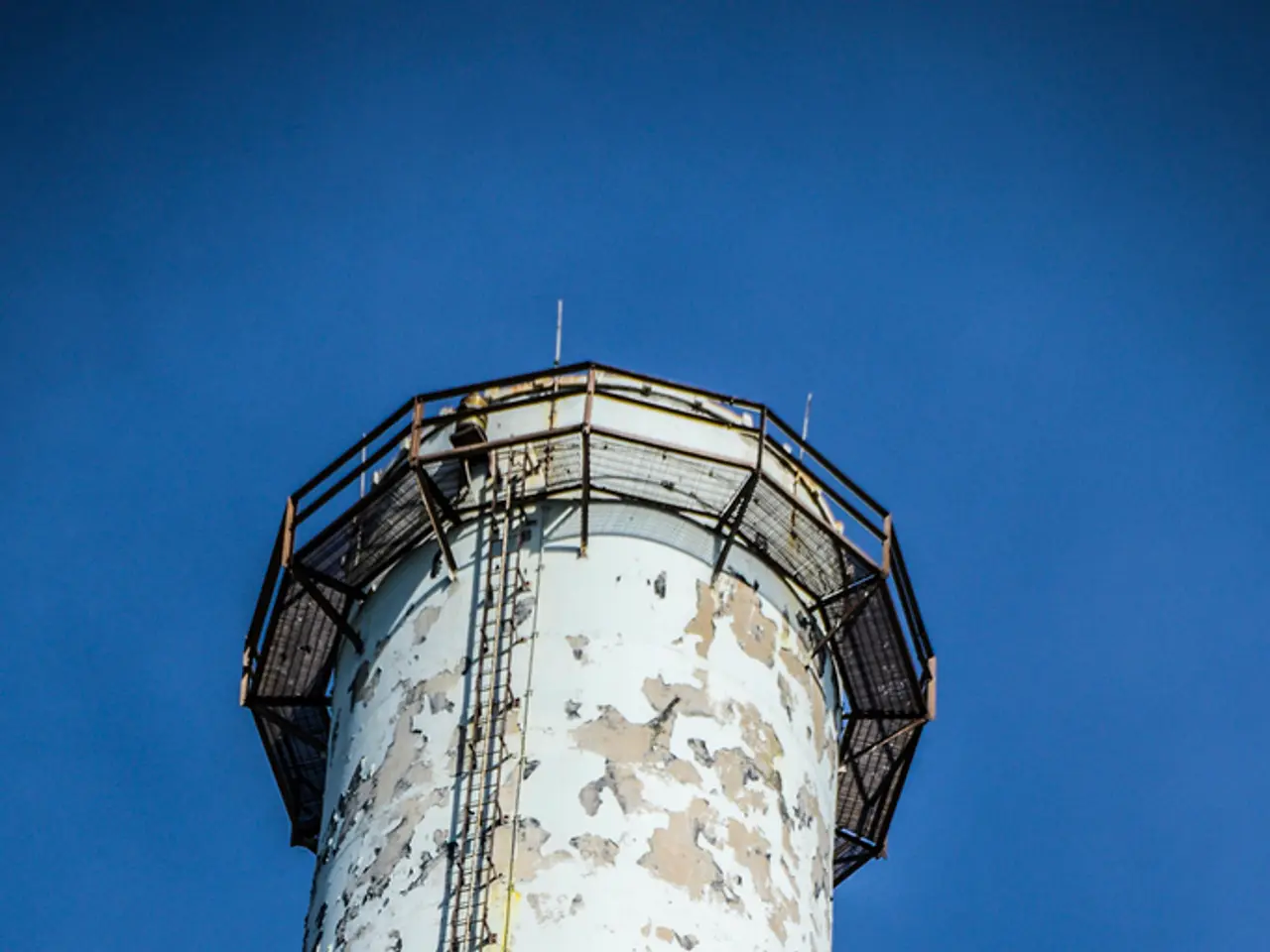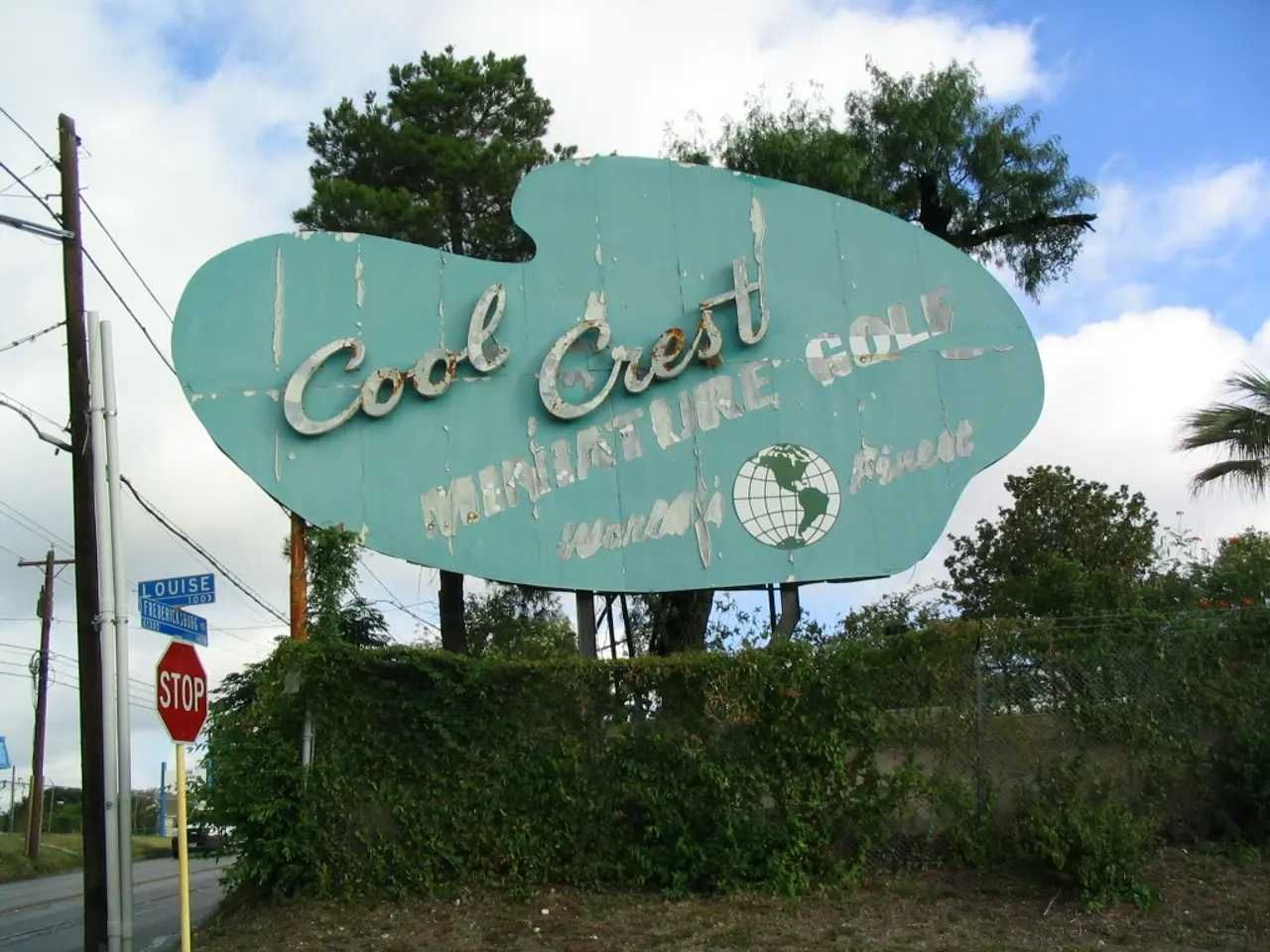Collaboration with Mexico on Tijuana River Basin Management
In July 2022, the United States and Mexico signed two significant agreements, the Statement of Intent and Minute 328, under the International Boundary and Water Commission (IBWC). These agreements mark a comprehensive, cooperative effort to address the long-standing sewage crisis affecting the Tijuana River and San Diego region.
The agreements outline a series of actions to reduce untreated sewage flows from Tijuana into the river and ocean. Key focuses include upgrading and expanding Mexico's treatment facilities, improving infrastructure on both sides of the border, and coordinating binational efforts.
One of the main commitments is the United States' pledge to release EPA Border Water Infrastructure Program funds to rehabilitate Pump Station 1 in San Diego and Tijuana River collection pipes. Pump Station 1 is responsible for handling sewage pumped from Tijuana.
On the Mexican side, the government has agreed to fund and begin construction in 2023 of two projects designed to divert 10 million gallons per day of sewage from discharging into the river and ocean.
The South Bay International Wastewater Treatment Plant in San Diego, which also treats sewage from Tijuana, is planned to expand its capacity from 25 to 50 million gallons per day by December 2027, with an interim goal of 35 million gallons per day by August 2025.
In addition, both countries intend to initiate studies on installing an ocean outfall at Tijuana’s San Antonio de los Buenos treatment plant and expanding its capacity. They also plan to develop routine cleaning and sediment dredging in the Tijuana River, and create a comprehensive water infrastructure master plan addressing future population growth in the watershed.
The agreements are expected to lead to a new Minute by the end of 2025, containing immediate action items for binational workgroups led by IBWC sections.
Mexican President Sheinbaum has characterised the agreement as comprehensive and highlighted a U.S. investment of $600 million toward related projects in the San Diego area.
For more information about the location and status of each project, refer to the U.S. International Boundary and Water Commission project map. The binational working group meets monthly to coordinate technical details of project development and implementation.
The Tijuana River Watershed Team can be contacted for questions. The agreements provide a conceptual plan for the implementation of these sanitation projects, with funding sources for these projects outlined, including $330 million from the U.S. government and $144 million from the Mexican government.
The agreements represent a significant step towards ensuring binational engagement for a lasting solution to address chronic transboundary wastewater flows. For updates and more information, visit the website, which includes sections on the Beach Impact Comparison Study, Stakeholder Engagement, Technical Evaluation of Infrastructure Solutions, NEPA Implementation, Working with Mexico, Public Meeting Information, and Past Press Highlights.
- The agreements aim to reduce pollution from untreated sewage in the Tijuana River and San Diego region, addressing a long-standing crisis.
- Central to the agreements is the expansion and upgrading of Mexico's wastewater treatment facilities and improvement of infrastructure on both sides of the border.
- Pump Station 1, which handles sewage pumped from Tijuana, will be rehabilitated with funds from the EPA Border Water Infrastructure Program.
- In 2023, Mexico will initiate construction of two projects to divert 10 million gallons of sewage daily from the river and ocean.
- The South Bay International Wastewater Treatment Plant in San Diego plans to expand its capacity from 25 to 50 million gallons per day by 2027.
- Both countries will conduct studies on installing an ocean outfall at Tijuana’s San Antonio de los Buenos treatment plant and expanding its capacity.
- Routine cleaning and sediment dredging in the Tijuana River, and a comprehensive water infrastructure master plan are also part of the agreements' scope.
- The agreements stipulate a new Minute by the end of 2025, detailing immediate action items for binational workgroups led by IBWC sections.
- With investments totaling $600 million from the US government and $144 million from Mexico, the agreements present a significant step toward a lasting solution for chronic transboundary wastewater flows.




